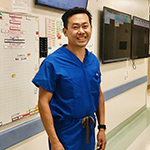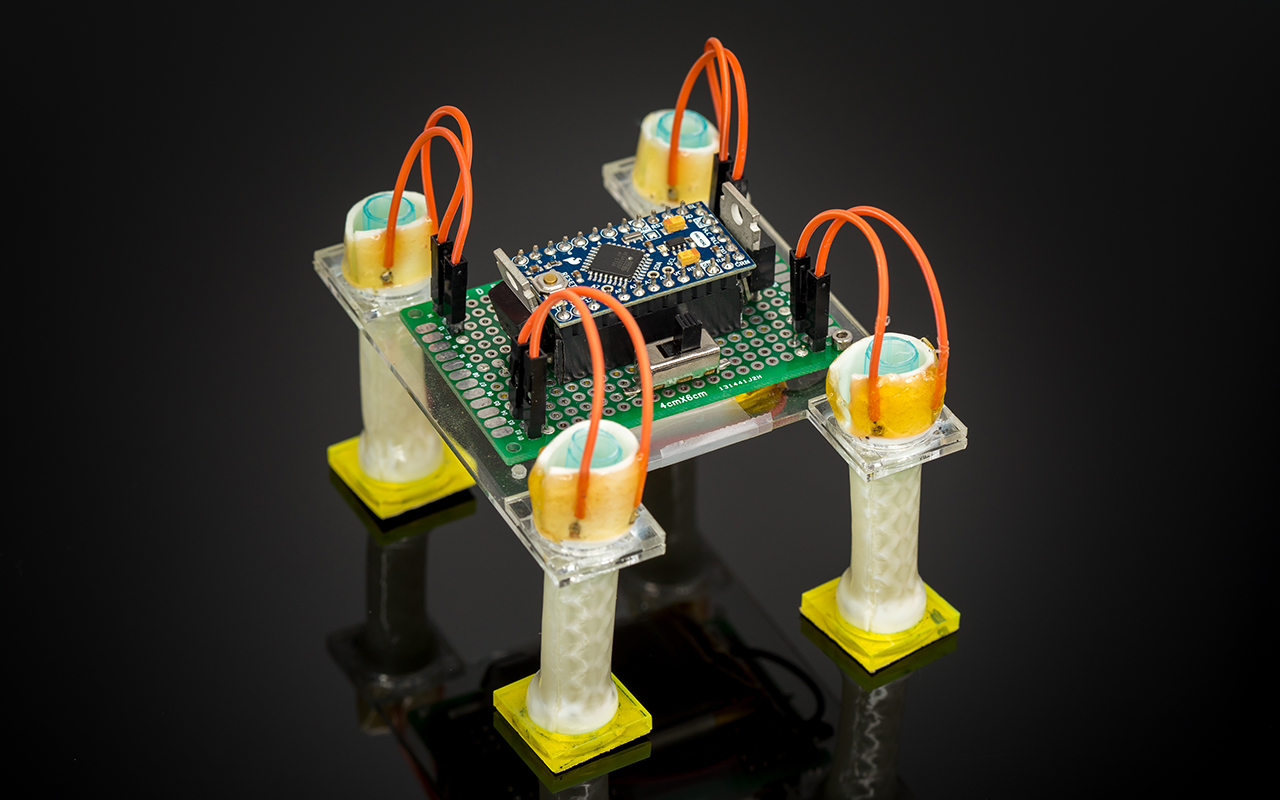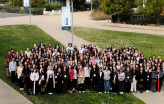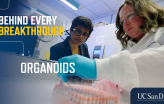SDSC Launches Open-Source ‘SeedMeLab’
Researchers at the San Diego Supercomputer Center at UC San Diego have launched an open-source software called SeedMeLab, which provides a host of features for researchers across all disciplines to manage and disseminate their data.
















